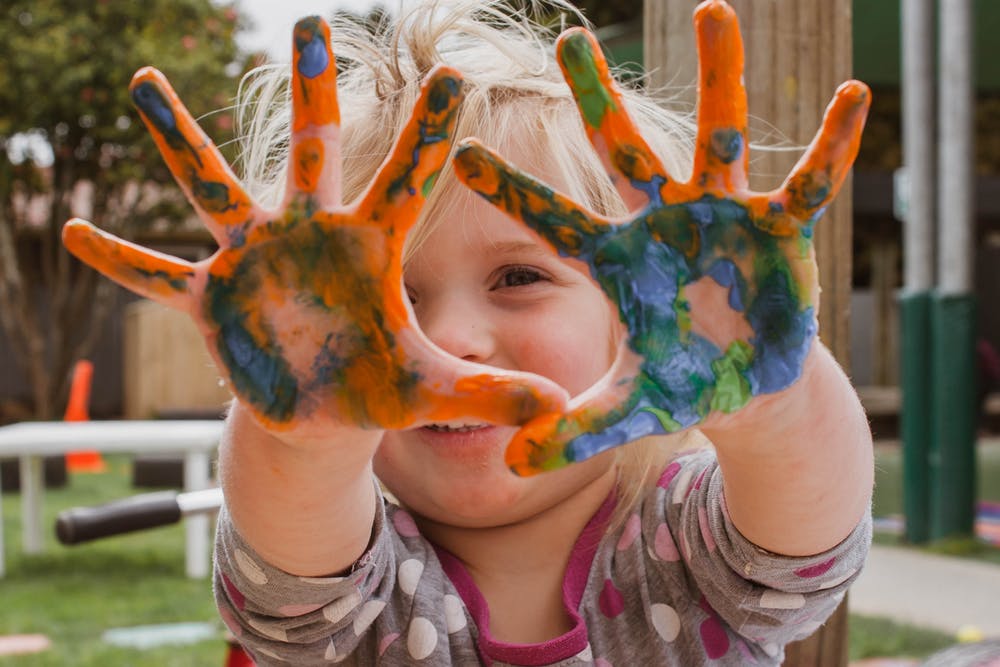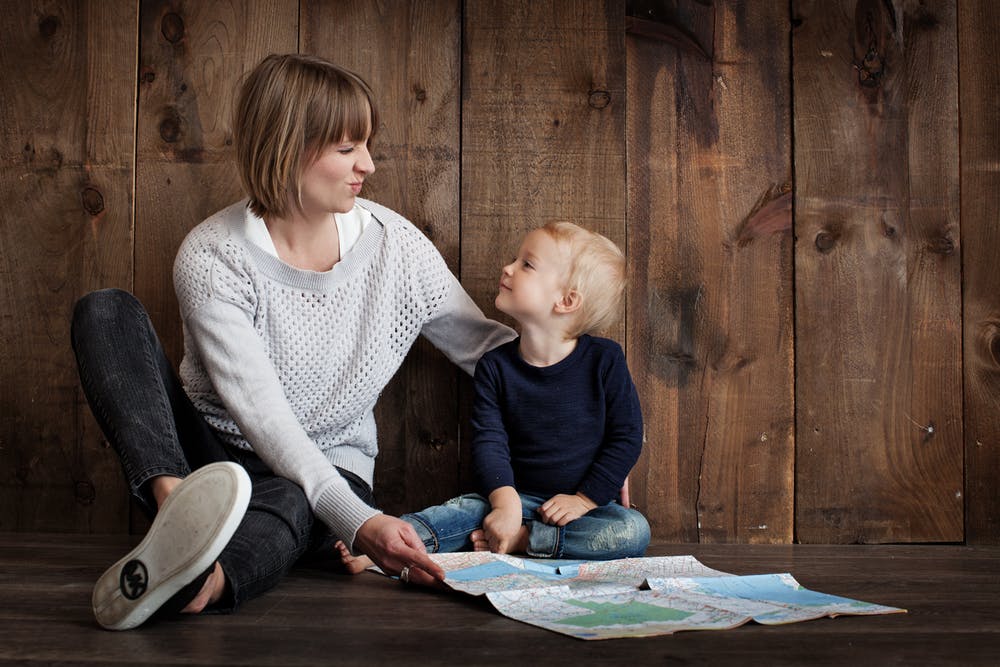
The best occupational therapy for children continues to achieve results for kids who find it difficult to fit in at school.
By engaging these youngsters in a one-on-one setting at home or at a practice, they are able to improve key facets of their development without the pressures of the classroom interfering in these instances.
Specialists in this area offer a variety of services for young boys and girls of all ages.
If parents are concerned about their son or daughter and want to look for an alternative solution that is away from school, then they should take note of what these programs can offer.
Improving Key Motor Skills
The best occupational therapy for children can be reduced to the basics to improve core motor skills that are beneficial inside and outside of the classroom. This will begin with fine motor skills that feature handwriting activities, colouring and drawing projects and even means of using scissors, buttons and tying shoelaces correctly. These ventures can progress to other areas of gross motor skills, integration sports activities that enhance balance, power and personal coordination.
Improving Social Skills
A school environment becomes almost impossible to survive without kids being equipped with basic social skills. Being able to make friends and integrate themselves into groups is essential, a facet that becomes a focus with occupational therapy for children. From correct language skills and adaption of social cues to being comfortable adapting to new environments, there are particular actions that will pave the way for improvement in this category.
Effective Information Interpretation/Visual Processing

The capacity to read and interpret information is one of the key domains where occupational therapy for children becomes beneficial. If there is too many distractions then they will have to be addressed. Audiovisual stimulation can prove effective for some kids who will be able to learn at a faster rate given this exposure, but results will vary. From recognising shapes and numbers to letters and tracking visual objects, the interpretation of information through visual processing can remove barriers for young boys and girls.
Overcoming Learning Difficulties
Whether they are problems that have been officially diagnosed or there are some shortcomings with their education, occupational therapy for children helps participants overcome their learning difficulties. There will be a number of key elements that will be the focus of professional therapists in these environments. This will span from improving concentration levels to taking note of teacher instructions, simplifying certain instructions with letter and number associations to removing distractions and embracing coping mechanisms when challenges arise.
Fostering Personal Confidence
There are many kids who happen to be struggling with their confidence levels, unsure about their place in the world and fitting in with their peers. Occupational therapy for children is a gradual process that allows participants to make daily developmental gains. These milestones might be small in isolation, but over time they help to build the confidence of children who would otherwise be left to fall behind before dealing with these issues at a later date – often at a time when too many opportunities have been missed.
Feeling comfortable outside of the classroom can make the transition back into the classroom far more easier. Young boys and girls who do find themselves struggling with learning tasks, social environments and physical activities set them back, impacting upon their confidence levels and place artificial barriers before them. Parents are then advised to take note of what occupational therapy for children can offer their son or daughter, giving them the tools to make progress behind the scenes as they keep pace with their peers back at school.
